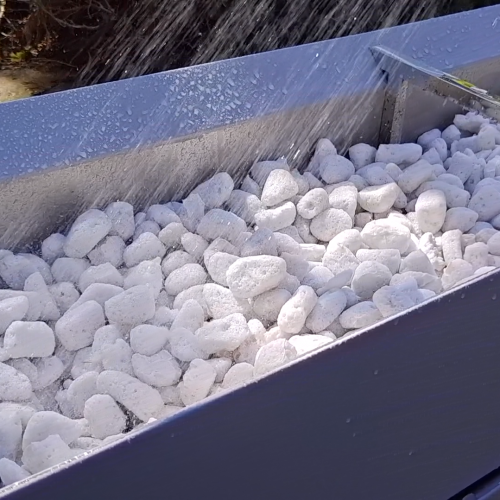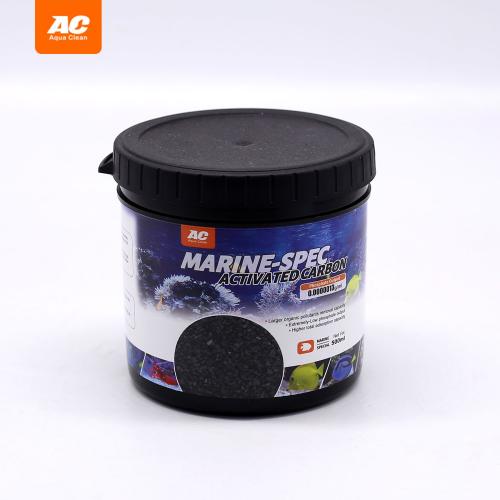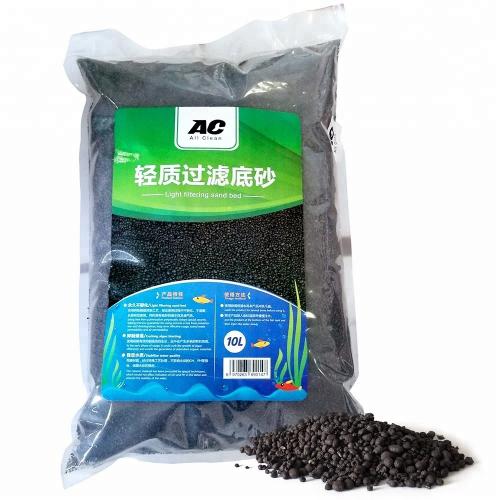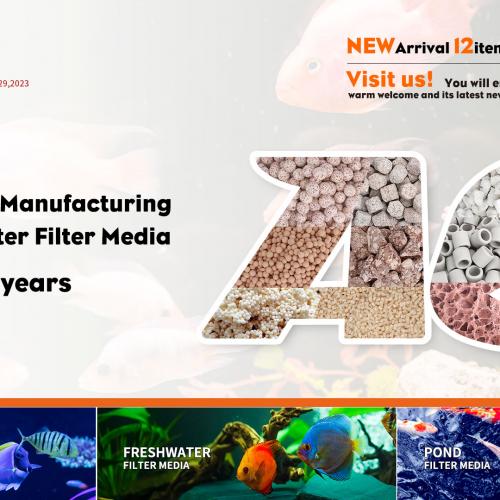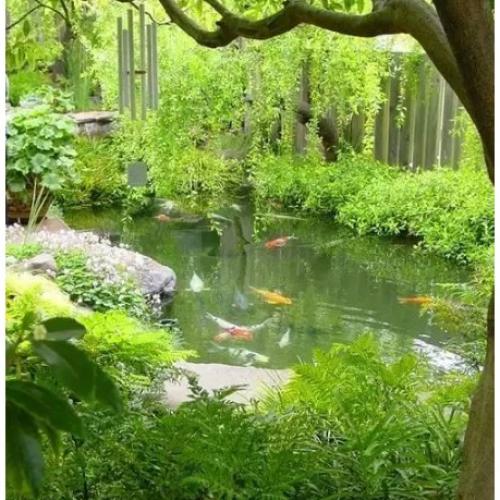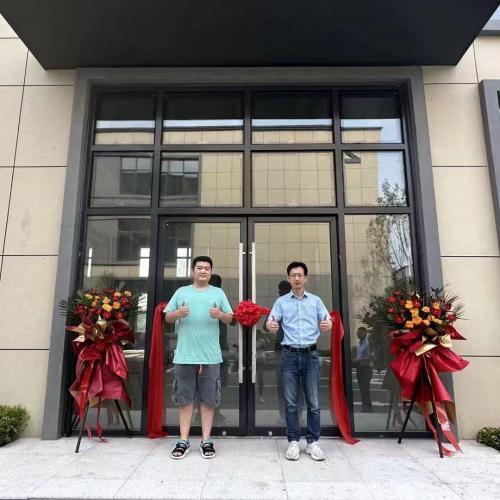Why Do Your Koi Always Get “Fin Rot”? 90 % of the Time the Invisible Killer Is Ammonia
Update time: 25-08-20 Views: 166
“Swimming happily last night, but this morning the tail is ragged as if scorched by fire!”
That is the most common cry in koi-keeper chat groups. Beginners and even veterans instinctively blame bacterial infection, so they dose the whole pond with medicine, raise the temperature, add coarse salt… and end up with more torn fins, cloudy eyes and spiraling mortality.
The real culprit hides in the invisible water column—ammonia. At just >0.02 mg/L it begins to etch fin rays like acid; above 0.05 mg/L the koi’s immune system collapses and any pathogen can storm the gate. In the next three minutes we’ll help you pinpoint the true cause of “fin rot” and give you a copy-and-paste “zero-ammonia” protocol.
————————————
1. The Three Stages of Fin-Rot—Stop Misdiagnosing
1. Early: Tips of fin rays turn clear and start “threading.”
2. Mid: Tail edge becomes serrated, color turns gray, fish flash against the walls.
3. Late: Massive tissue necrosis, peduncle congestion, cloudy eyes or body ulcers.
If Stage 2 fits, 90 % of the time ammonia is already above the safety line.
————————————
2. The Invisible Killer: >0.02 mg/L Ammonia Begins to Etch Fin Rays
① Sources
• Fish waste and uneaten food release organic nitrogen → decomposed to NH₃ within 24 h.
• One 30 cm koi excretes ~0.1 mg/L NH₃ per day in a one-ton pond. If the biofilter is immature or failing, ammonia rises exponentially.
② Toxic Mechanism
NH₃ (non-ionized ammonia) is small enough to cross cell membranes, destroying gill epithelium and fin cartilage while simultaneously blocking blood oxygen transport—hence tissue necrosis and “burnt” fins.
③ Critical Levels
• 0.02 mg/L: long-term exposure → fin tips turn clear.
• 0.05 mg/L: visible splitting within 48 h.
• 0.2 mg/L: lethal within 72 h.
————————————
3. Why Water Changes and Medicine Don’t Work—99 % of Keepers Ignore “Biological Surface Area”
Water changes only dilute ammonia for the moment, but new ammonia is produced every minute. Antibiotics wipe out nitrifying bacteria and make ammonia spike even faster.
The only real fix is to give nitrifiers a “mega office” so they can convert NH₃ → NO₂⁻ → NO₃⁻ 24/7. The key metric: Effective Surface Area (ESA).
————————————
4. AC AquaClean Koi Series—Three Aces That Crush Ammonia to “Below Detection”
AC Filter Media leverages 22 years of experience in drinking water filter material R&D and 14 years focused on aquarium filtration. We understand how to solve ammonia problems at their root. Here are our star products designed specifically for koi ponds:
1. 【Active Oyster Shell】– Stabilizes pH + Releases Minerals
Utilizes low-temperature activation technology to adsorb ammonia, phosphorus, and heavy metals, while also releasing calcium, magnesium, and other trace elements to stabilize water pH and reduce ammonia toxicity.
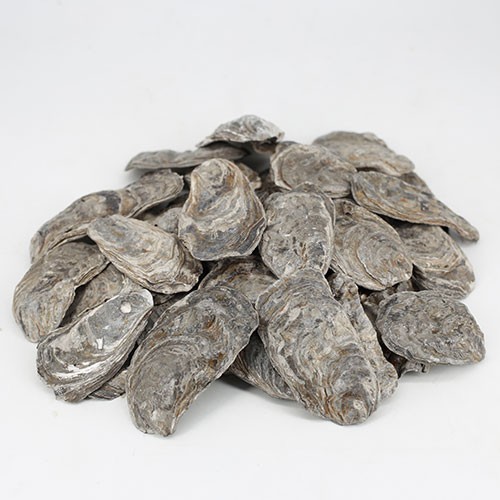
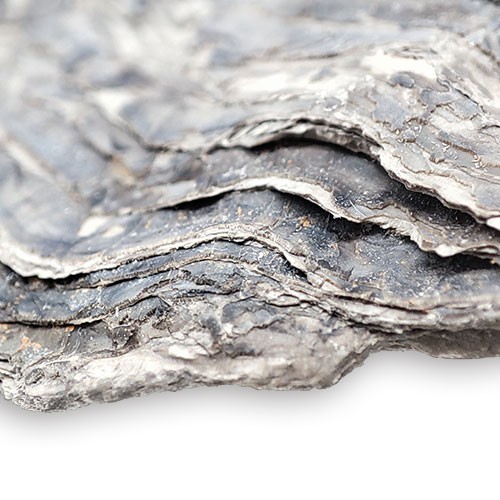
2. 【Bio Foam Stone】– Ultra-High Surface Area for Efficient Bacteria Cultivation
Sintered at 900°C, its surface area exceeds that of traditional filter media by more than 10 times, providing vast space for nitrifying bacteria to colonize and efficiently break down ammonia, nitrite, and nitrate.
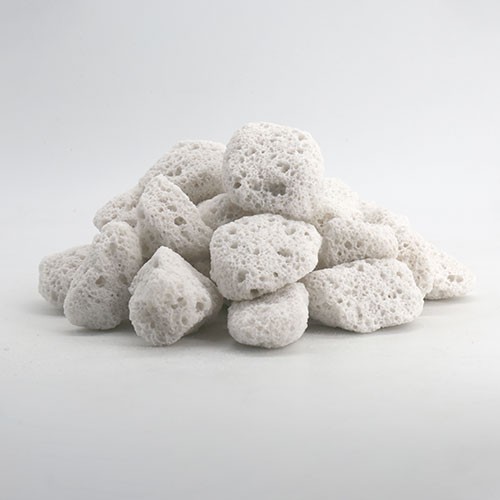
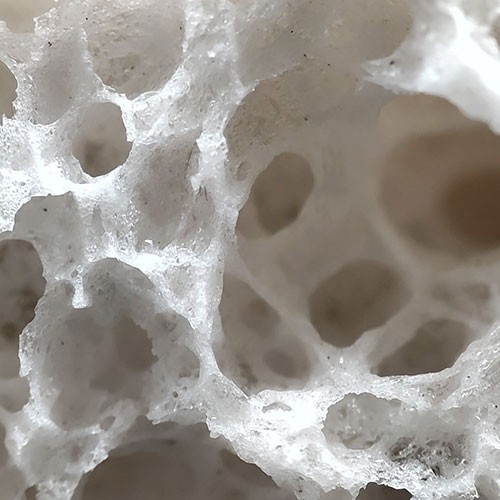
3. 【Mineral Brick】– Continuously Releases Beneficial Elements, Improves Water Quality
Rich in Sr, Si, Zn, Fe, Mg, Ca, Na, and other mineral elements. It not only accelerates the establishment of beneficial microbial colonies but also helps break down ammonia, nitrogen, and organic matter. Especially suitable for soft water areas like Southern China.
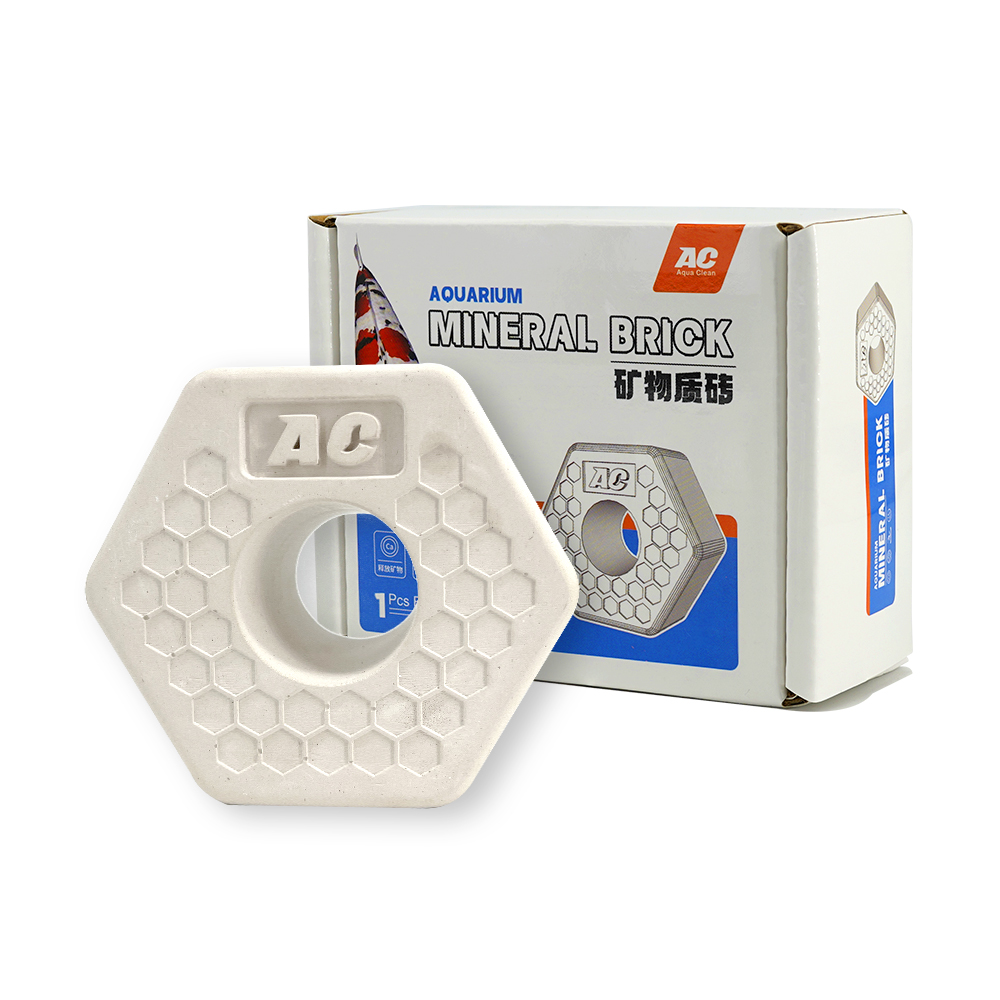
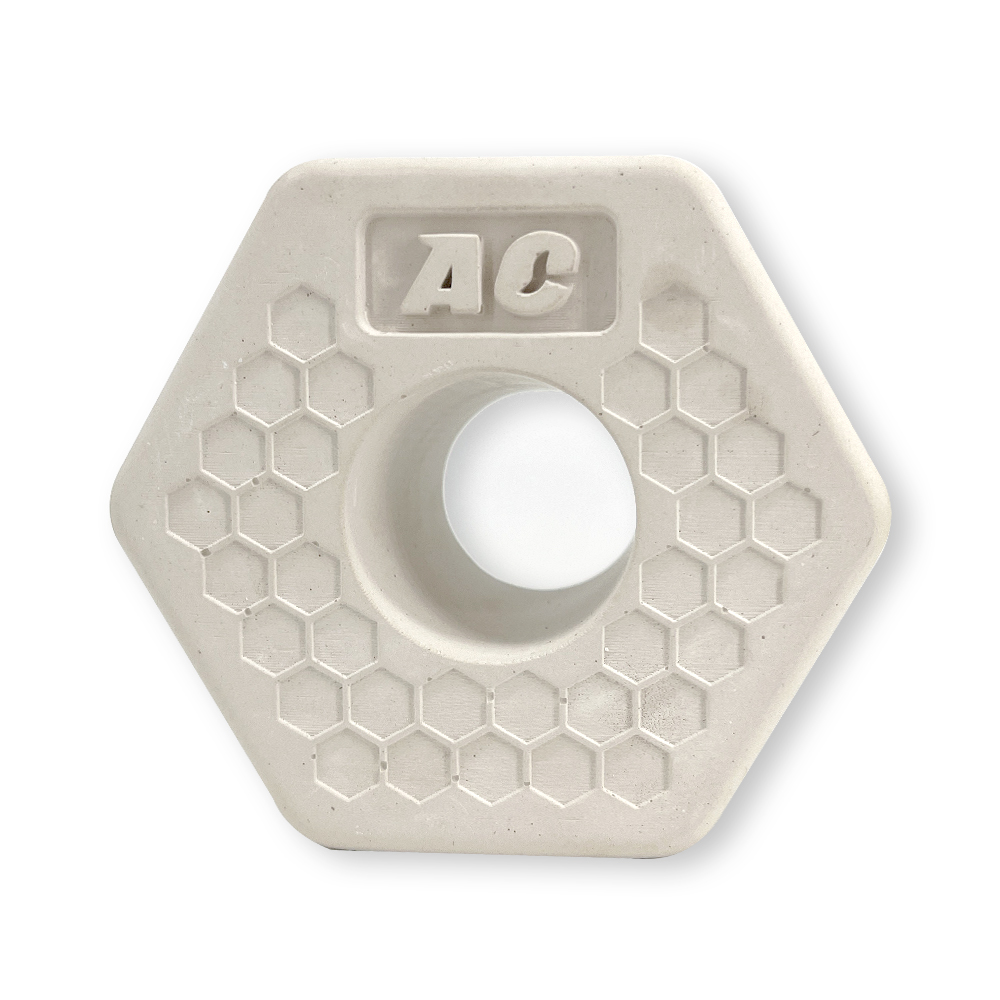
4. 【Koi Biological Pillar】– Dual Mechanical & Biological Filtration
Features a patented inner and outer circle structure. Each pillar is an independent filtering unit, offering easy installation and simple maintenance, suitable for various pond filter chambers.
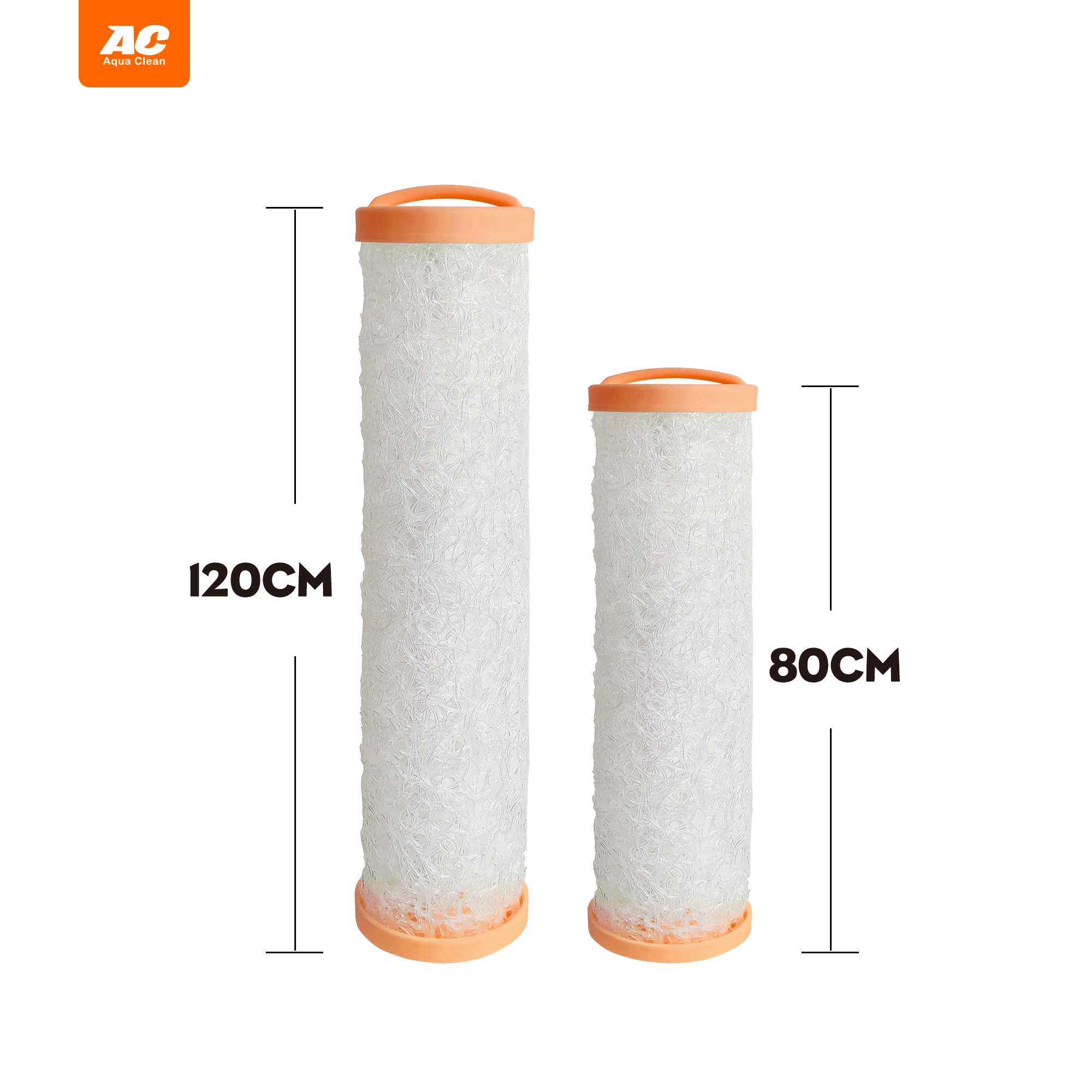
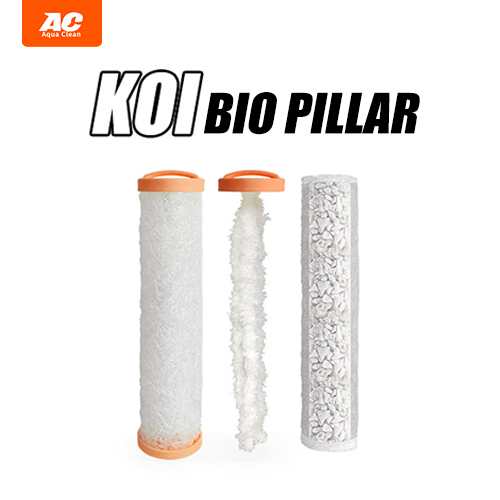
5. 【Koi Brush】– Fast Biofilm Formation, Resists Scale
Uses five-pointed star-shaped PET bristles for high biofilm formation efficiency. The 316 stainless steel core is corrosion-resistant and sheds less. The suspended design allows for easier cleaning.
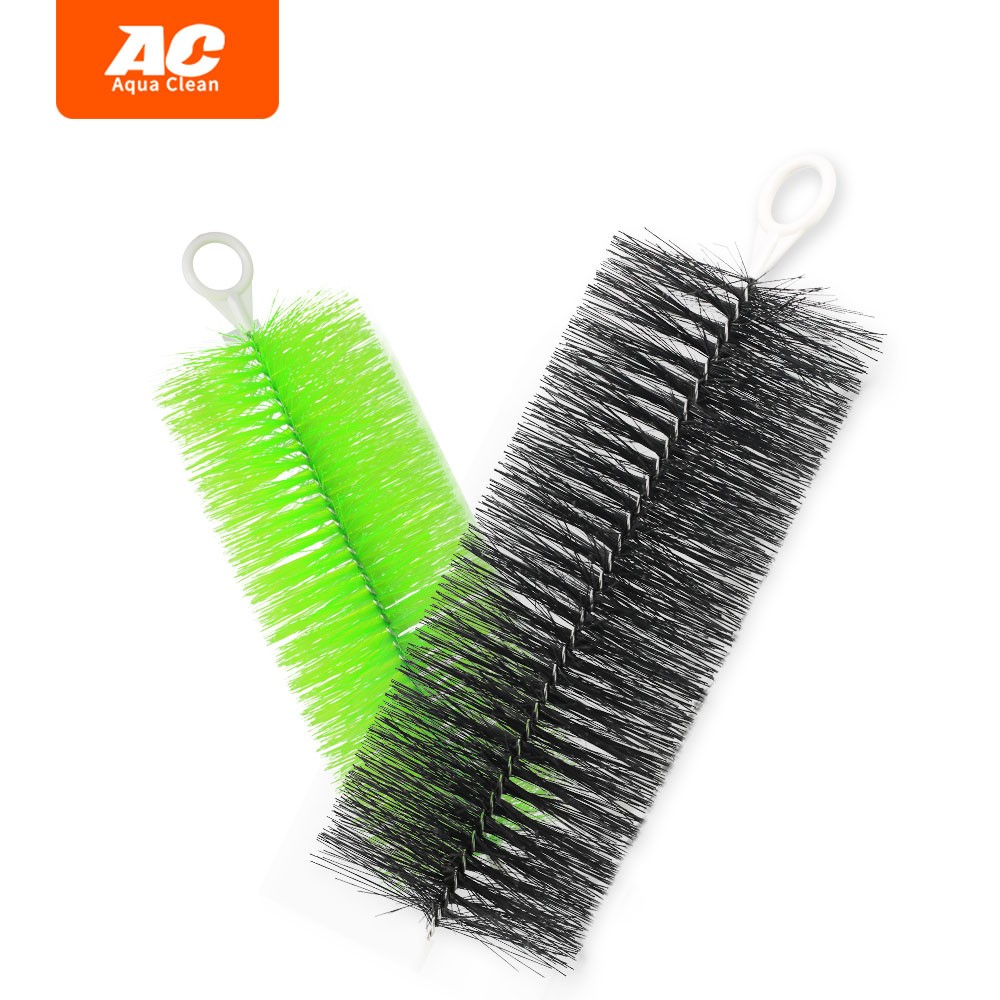
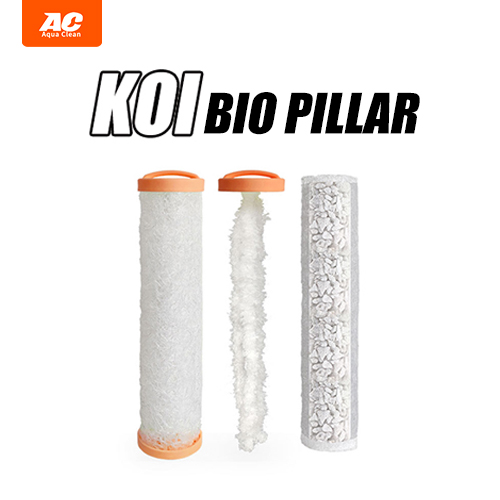
6. 【Filter Mat】– High-Density Porosity, Traps Debris & Cultivates Bacteria
The spiral vine fiber structure offers a large surface area and excellent water permeability. It resists clogging and requires less frequent cleaning, making it the ideal choice for mechanical filtration.
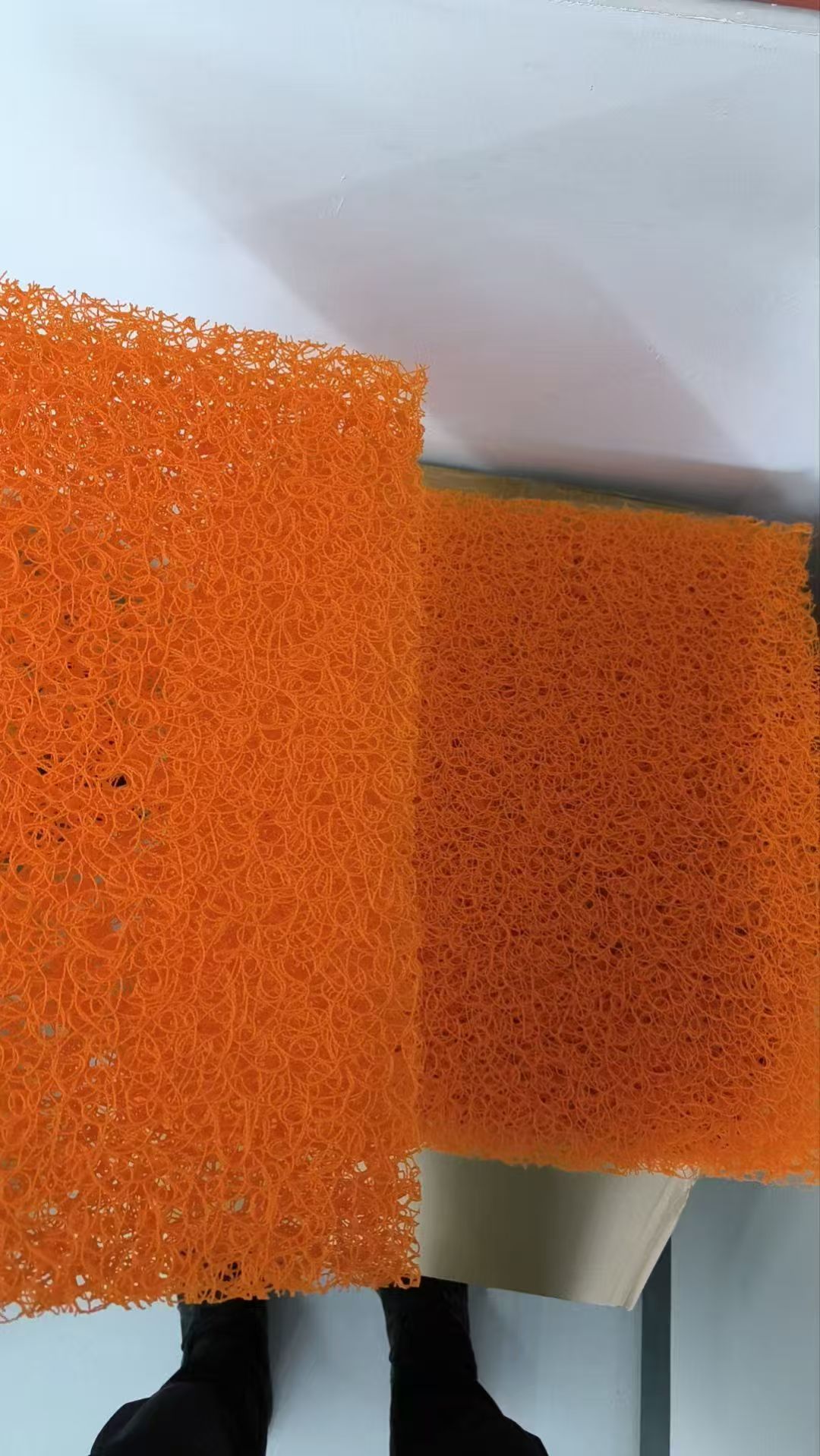

————————————
5. FAQ
Q1: My pond runs on old ceramic rings. Do I have to replace everything?
→ No need. Swap 30 % of the old rings for AC 3D Plus; overall efficiency rises 70 % within two weeks.
Q2: How often do I clean the media?
→ Gently rinse surface sludge in tank water; never use tap water (chlorine kills nitrifiers). Clean in batches, two weeks apart.
Q3: Water temperature drops to 8 °C in winter—bacterial activity is low.
→ AC series uses inert ceramics with 0.5–2 μm pores that retain biofilm at low temperatures. Simply reduce feeding and keep water moving.
————————————
“Fin rot” is not a disease; it’s a water-quality alarm.
When ammonia is forever kept below 0.02 mg/L, koi tails unfurl like silk and colors intensify. AC AquaClean filter media exist for exactly that purpose.
Don’t let invisible ammonia burn away the koi you love.
